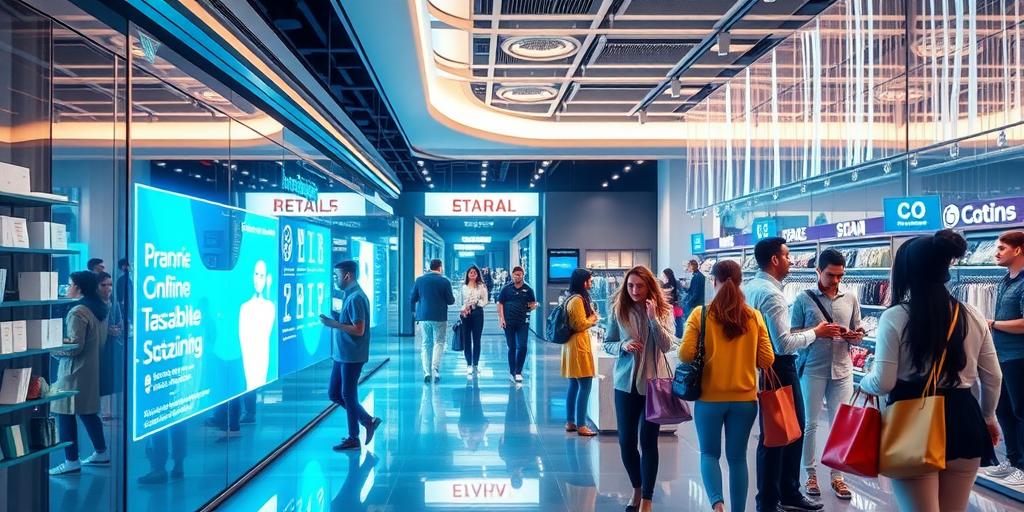The Retail Revolution: Navigating Future Trends in the Shopping Experience
The retail landscape is undergoing a seismic shift. Forget static shelves and predictable layouts; the future of shopping is dynamic, personalized, and deeply integrated with technology. To thrive in this evolving environment, retailers must understand and embrace the trends shaping the shopping experience.
1. The Rise of Experiential Retail
Consumers crave more than just products; they desire memorable experiences. Experiential retail focuses on creating immersive environments that engage the senses and forge emotional connections with brands. Think interactive displays, personalized consultations, and events that transform shopping into an adventure.
- Example: A cosmetics store offering personalized makeup tutorials and skin analysis, or an outdoor gear retailer featuring climbing walls and simulated hiking trails.
2. Omnichannel Integration: A Seamless Journey
The lines between online and offline shopping are blurring. Customers expect a seamless experience across all channels – from browsing on their smartphones to visiting a brick-and-mortar store. Retailers must integrate their online and offline operations, offering services like buy-online-pickup-in-store (BOPIS), mobile payments, and personalized recommendations based on past purchases.
- Key Elements: Consistent branding, real-time inventory updates, and unified customer service across all touchpoints.
3. Personalization: Tailoring the Experience
Generic marketing is out; personalized experiences are in. By leveraging data analytics and AI, retailers can gain deep insights into customer preferences and behaviors. This allows them to offer tailored product recommendations, customized promotions, and personalized shopping journeys.
- Tools & Technologies: AI-powered recommendation engines, CRM systems, loyalty programs, and targeted email campaigns.
4. The Power of Data and AI
Data is the new currency in retail. By collecting and analyzing customer data, retailers can optimize everything from product placement to pricing strategies. AI-powered tools can automate tasks, improve efficiency, and enhance the customer experience.
- Applications: Predictive analytics for demand forecasting, AI-powered chatbots for customer service, and computer vision for inventory management.
5. Sustainability and Ethical Consumption
Consumers are increasingly conscious of the environmental and social impact of their purchases. Retailers must prioritize sustainability and ethical sourcing to attract and retain customers. This includes reducing waste, using eco-friendly materials, and supporting fair labor practices.
- Strategies: Sustainable packaging, transparent supply chains, partnerships with ethical brands, and initiatives to reduce carbon footprint.
6. The Metaverse and Immersive Shopping
The metaverse offers new possibilities for creating immersive and interactive shopping experiences. Retailers can create virtual stores where customers can browse products, try on clothes, and interact with other shoppers in a virtual environment.
- Opportunities: Virtual product demos, personalized avatars, gamified shopping experiences, and the sale of virtual goods.
Navigating the Future
The future of retail is about creating personalized, engaging, and seamless shopping experiences. By embracing these key trends, retailers can adapt to the changing needs of consumers and thrive in the dynamic world of modern commerce. The focus must always be on the customer and providing value at every touchpoint. Are you ready to revolutionize your retail strategy?
Long-Tail Keywords:
- Future of shopping experience
- Retail trends and technology
- Personalized shopping experiences
- Sustainable retail practices
- Omnichannel retail strategy









